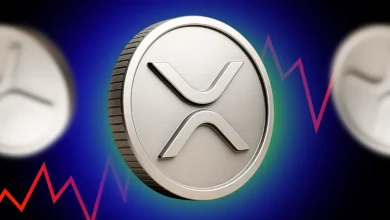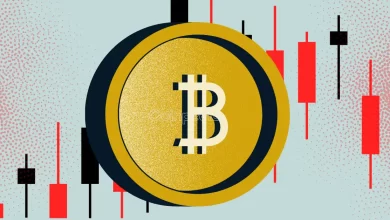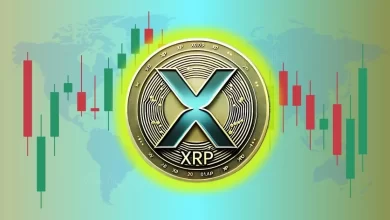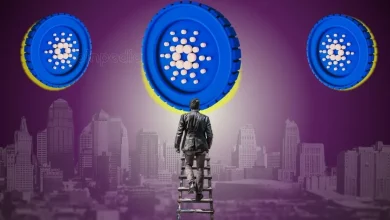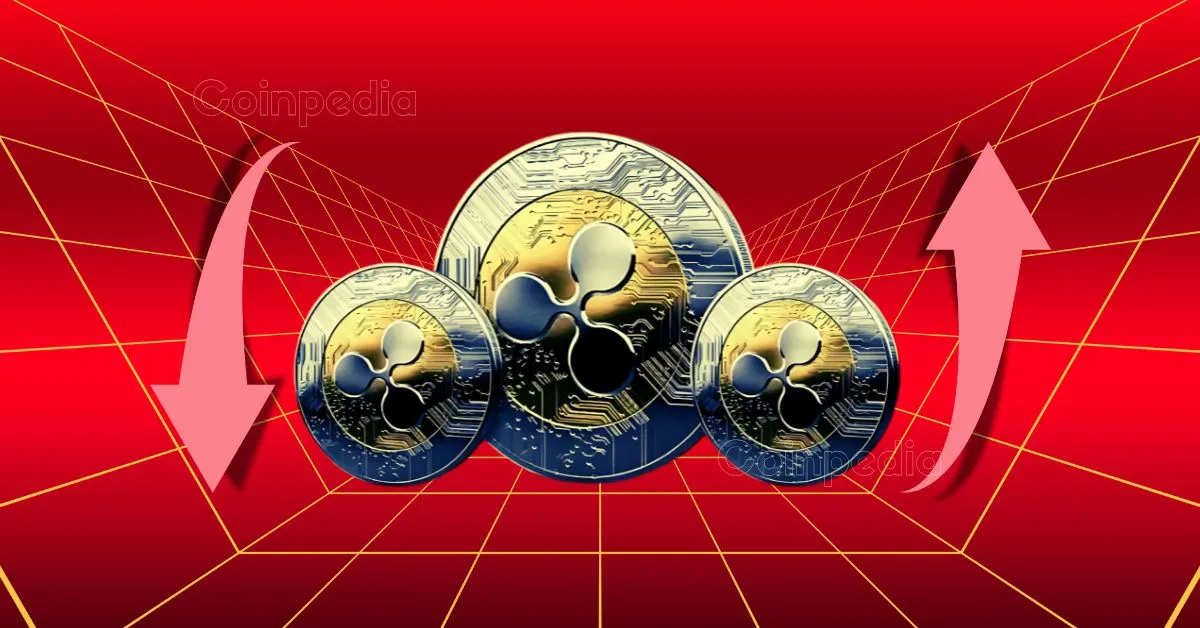
Ripple unlocked 400 million XRP (approx. $1.136 billion) as part of its monthly escrow release.
XRP's price dropped over 24.6% in the 24 hours following the unlock.
Ripple typically only sells 20-25% of unlocked XRP, re-locking the rest to manage supply and price stability.
Yesterday, Ripple unlocked 400 million XRP, valued at around $1.136 billion. A move that instantly shook the market, sending XRP’s price plummeting by over 24.6% in just 24 hours. But why did this happen? How does Ripple’s unlock process affect the market? These must be the top questions in your mind just now.
Let’s dive into the details behind this massive release and explore the ‘ripple’ effects it’s creating. (See what we did there?)
Ripple’s Monthly Token Release
As part of its regular monthly release from escrow, Ripple unlocked 400 million XRP, worth $1.136 billion. Whale Alert was the first to report this development. The news quickly led to a sharp market reaction, with XRP’s price falling significantly.
How Ripple’s Unlock Process Works
What sets Ripple’s unlock process apart is that not all unlocked XRP tokens are immediately released into the market. Experts say Ripple typically sells only 20-25% of the unlocked tokens during each release. The remaining tokens are locked back into escrow, and their release is extended into future months.
This approach helps Ripple manage supply and maintain market stability. By selling only a small portion and locking the rest back, Ripple reduces the immediate impact of these releases, promoting long-term stability and supporting its operations.
XRP’s Market Trends
At the start of the year, XRP was priced at around $2.0847. Between January 10 and 17, the market surged by 45.01%, reaching a yearly peak of $3.3994 on January 16. However, by January 19, the market fell sharply from $3.2721 to $2.9589. The following two weeks saw the market stabilize within this range.
On February 1, the price broke below this range, and since then, it has fallen by 26.15%. At one point, it hit a low of $1.7752 before recovering slightly to $2.2409.
Ripple’s Controlled Approach
Ripple’s monthly token unlock is part of a strategy to balance token supply and support operations. While large token releases can cause price fluctuations, Ripple’s method of selling only a small portion and re-locking the rest helps manage long-term market stability.
Even with the current price drop, Ripple’s controlled unlock process aims to reduce negative effects and promote a more stable future for XRP.
Never Miss a Beat in the Crypto World!
Stay ahead with breaking news, expert analysis, and real-time updates on the latest trends in Bitcoin, altcoins, DeFi, NFTs, and more.
FAQs
XRP dropped today due to the market’s reaction to Ripple unlocking 400 million tokens, triggering concerns about oversupply.
The XRP decline could be temporary, as Ripple’s controlled release process is designed to prevent long-term market instability.

